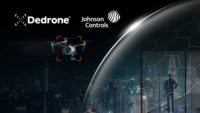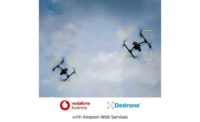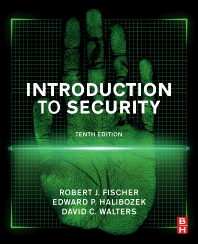Dedrone and Johnson Controls (NYSE: JCI) have announced a strategic collaboration to address the security threats posed by unauthorized drone activity.
As part of the collaboration, Dedrone’s AI/ML-enabled counter-drone technology will be integrated into Johnson Controls' product portfolio via an open application programming interface (API), providing cloud-based airspace security as a service to customers worldwide, according to the announcement.
“For counter-drone security to be effective, it cannot be siloed from the overall security measures and tools within an organization,” said Ben Wenger, chief revenue officer of Dedrone. “Dedrone’s integration with Johnson Controls offers a complete airspace security solution that makes it easy to add counter-drone security, helping security industry leaders protect everything from critical infrastructure to correctional facilities, stadiums and event venues from airborne threats.”
Dedrone’s software and sensors will be integrated into Johnson Controls portfolio of security products, providing the ability for Command & Control (C2) to detect, track and identify unauthorized drones, as well as determine the exact location of the operator(s) and enable first responders to be dispatched in real-time.
“Unauthorized drones have been increasingly used to exploit security at transportation hubs, large public venues, prisons and critical infrastructure facilities worldwide,” said Sanjeev Singh, vice president, product & program management, security products, Johnson Controls. “That’s why we offer everything from access controls and command center solutions to AI-enabled video surveillance and intruder prevention for holistic, physical-security coverage. The threat of unauthorized drones has created a gap in security portfolios across numerous industries that needs immediate attention. Counter-drone security is a proactive solution to detect and reduce this threat.”
DedroneTracker is built on an open systems architecture (OSA) allowing for integration to any third-party inputs, including sensors, cameras, other counter-small unmanned aircraft systems (CUAS) capabilities, and alternative mitigation solutions as well as C2 level systems.






